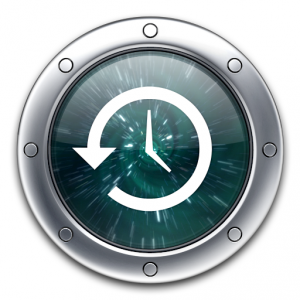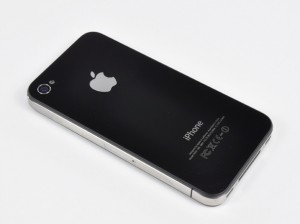Intellij IDEA and Go plugin
Wednesday, August 21st, 2013 03:39 pm GMT +2
 Ever wondered where to find IDE for programming Google Go language?
Ever wondered where to find IDE for programming Google Go language?
Well, there are not a lot of choices out there and some of them lack pretty significant functionality, especially if you’re a newbie in Go like me.
Some popular choices include:
1. LiteIDE the only IDE targeted specifically towards Go
2. GoSublime a Sublime Text plugin
I’ve tried both of them and found out that both of them lack Go to declaration feature, which is crucual in the process of digging around new code. On top of that LiteIDE requires installation of gocode daemon for autocompletion to work fine.
As you can see usage of these IDEs requires a lot of bells and whistles to get basic functioning.
However there’s a third option which I’m going to talk about in this post: Google Go language plugin for IntelliJ Idea
It covers two of my initial requirements for Go IDE:
Go to declarationfeature, i.e. you may click on any declaration and go check how it’s implemented under the hoodAutocompletion, that’s a huge time saver and a great helper in exploring available options
If you’re familiar with any Intellij IDEs you’ll get additional time-saving benefits too. Let’s proceed!
As of time of this writing, there’s no up-to-date binary distribution of the plugin (hence, the post:),
so we’re going to build everything from the sources.



